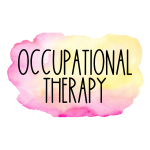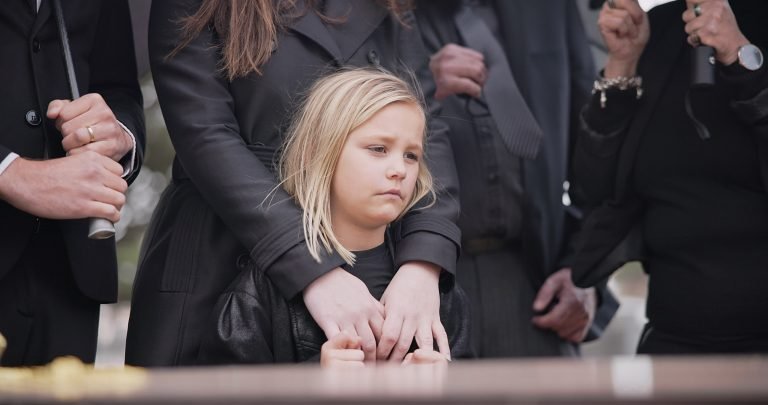Unraveling Trichotillomania: Guidance for Counselors and Psychologists

Greetings, fellow counselors and psychologists. Today, I’m reaching out to share valuable insights into a condition that often eludes the public eye: Trichotillomania. Through years of experience and continued learning, I’ve come to recognize the profound impact this disorder can have on individuals’ lives, and I’m here to empower you with knowledge and tools that can make a difference.
Understanding Trichotillomania
Trichotillomania is not just an occasional tug at one’s hair; it’s an enduring condition marked by the repeated urge to pull out hair from the scalp, eyebrows, or other areas of the body. It’s a complex disorder that affects people across all age groups. The “Understanding Trichotillomania” psychoeducation support resource is an essential guide for any mental health professional. It provides an in-depth look at this disorder, shedding light on facts, debunking common misconceptions, and presenting a nuanced perspective on its complexity.

The Daily Impact Across Ages
Trichotillomania’s influence extends far beyond the visible signs of hair loss. Its emotional and functional repercussions permeate various aspects of an individual’s life, often disrupting self-esteem and the ability to engage in social or work activities. It can cast a shadow over educational endeavors for younger individuals and impact job performance in adults. As therapists, our awareness and understanding of these multifaceted challenges are crucial in providing compassionate and comprehensive support to our clients.
Causes, Triggers, and Effective Treatments
The underpinnings of trichotillomania are diverse and intricate, often interweaving genetic, biological, and environmental strands. Stress, both acute and chronic, is frequently a significant trigger that can exacerbate the condition. Our clients may feel overwhelmed by an irresistible impulse to pull their hair, often leading to cycles of tension and temporary relief. Understanding this, we must be knowledgeable about a spectrum of treatment options. Cognitive-behavioral therapy, habit reversal training, and sometimes medication can play a pivotal role in management. Additionally, self-help strategies and support systems are invaluable in constructing a coping toolkit personalized for each client’s needs. With the right combination of therapeutic interventions, we can guide our clients towards regaining control and improving their quality of life.

Empathy in Action: “My Healing Hair”
The “My Healing Hair” social narrative is a valuable addition to our therapeutic toolkit. It’s designed to assist children and caregivers in navigating the complexities of trichotillomania with empathy and understanding. Through a young girl’s journey, this story unravels the emotional layers behind hair-pulling and promotes positive strategies for stress management.
The narrative also focuses on nurturing children’s identities, fostering a culture of open dialogue and self-acceptance. This is crucial, as our role includes encouraging these young individuals to embrace their unique selves, even amidst their struggles.
An invaluable component of this resource is the caregiver’s letter, providing a touching and supportive message to parents. It emphasizes the importance of their role in their child’s journey toward managing trichotillomania.

Becoming an Ally in Trichotillomania Management
In the world of mental health support, counselors and psychologists stand as vigilant allies for those grappling with trichotillomania. It is a partnership rooted in understanding, trust, and the shared goal of mastering the intricacies of this disorder. The insight gleaned from dedicated resources enables us to navigate the unique experiences of each individual, ensuring that our support is not only empathetic but also scientifically informed and precisely tailored to facilitate healing and empowerment.

Personalized Approaches and Self-Help Strategies
When it comes to trichotillomania, there is no one-size-fits-all solution. Personalized self-help strategies are indispensable, as each individual brings a distinct set of experiences, triggers, and responses to the therapy room. Developing bespoke tactics for managing the urge to pull is a collaborative and dynamic process. As therapists, we listen, adapt, and construct with our clients—a personalized scaffold that supports their journey to regain control over their impulses. Techniques such as habit reversal training, mindfulness exercises, and stress management are tools that can be customized to fit the unique contours of each client’s life.

Knowing When to Seek Professional Help
Our role extends beyond the therapy sessions; it encompasses the vital ability to discern when a client’s condition warrants an elevation in care. This discernment is crucial; knowing when to recommend additional or alternative professional interventions can pivot the trajectory of a client’s recovery. The resources at our disposal, such as the “Understanding Trichotillomania” guide, equip us with the necessary acumen to make these judgments. They serve not only as a beacon for our clients but also as a lighthouse for us as professionals, signaling when it’s time to call upon the broader spectrum of mental health services. With these resources, we are better prepared to guide our clients in accessing the help they need, whether it be medical evaluation for medication management, specialized behavioral therapy, or support groups that provide a sense of community and understanding.
Becoming an ally in trichotillomania management is a commitment to ongoing education, to empathetic support, and to the steadfast belief in the potential for recovery and resilience. Together, armed with knowledge, compassion, and the right resources, we can guide our clients to healthier, more empowered lives.
Conclusion
As professionals in the mental health field, our path is one of continuous learning and empathy. Trichotillomania presents its own set of challenges, but equipped with the right resources, we can offer hope and healing. Let us approach each case with the understanding that, while the journey is complex, the possibility of managing this condition is within reach. Together, we can help unravel the complexities of trichotillomania, providing a compassionate and informed presence for those in our care.
Frequently Asked Questions
What is Trichotillomania?
Answer: Trichotillomania, often referred to as hair-pulling disorder, is a mental health condition characterized by a recurrent, irresistible urge to pull out hair from the scalp, eyebrows, eyelashes, or other areas of the body, despite trying to stop. It can result in noticeable hair loss and is often associated with significant distress.
What Causes Trichotillomania?
Answer: The exact cause of trichotillomania is not fully understood. It’s believed to be a complex interplay of genetic, neurological, and environmental factors. Stress and anxiety can exacerbate the condition, and it’s sometimes linked to other mental health disorders like depression and anxiety.
How is Trichotillomania Diagnosed?
Answer: Trichotillomania is typically diagnosed based on the presence of its characteristic behaviors. A healthcare provider or mental health professional will assess the pattern of hair-pulling, the extent of hair loss, and the impact on the individual’s life. They may also inquire about associated feelings and behaviors.
Is Trichotillomania Common?
Answer: Trichotillomania is a relatively common disorder, affecting around 1-2% of the population, with a higher prevalence in females. It can begin at any age but often starts in childhood or adolescence.
What Are the Treatment Options for Trichotillomania?
Answer: Treatment for trichotillomania may include cognitive-behavioral therapy (CBT), particularly a technique known as habit reversal training. Medications, such as selective serotonin reuptake inhibitors (SSRIs), may also be prescribed to help manage symptoms. Additionally, self-care and support groups can be beneficial.
Can Trichotillomania Be Cured?
Answer: While there’s no known cure for trichotillomania, many individuals find relief through treatment. The effectiveness of treatment can vary, and some people may experience periods of remission interspersed with relapses. Ongoing management strategies are often necessary.
How Can I Support Someone with Trichotillomania?
Answer: Support for someone with trichotillomania involves understanding, patience, and empathy. Avoid judgment or dismissive comments about their hair-pulling. Encourage them to seek professional help and offer to be there for them through their treatment journey. Educating yourself about the condition can also be immensely helpful.














